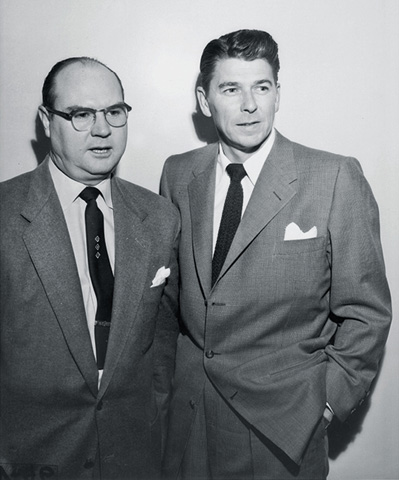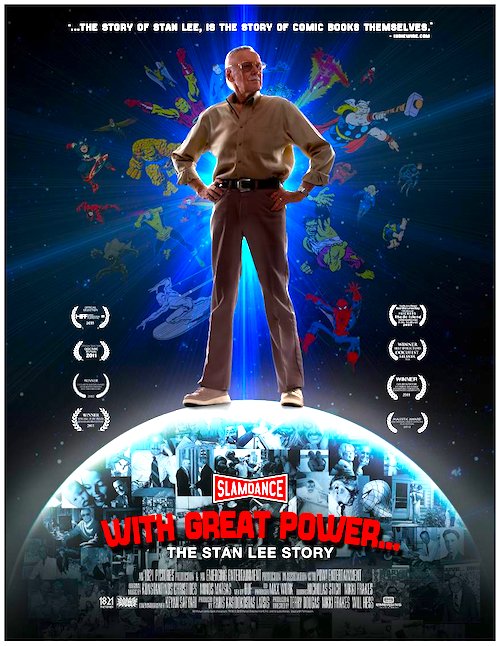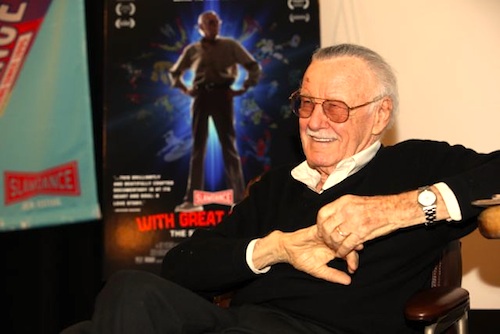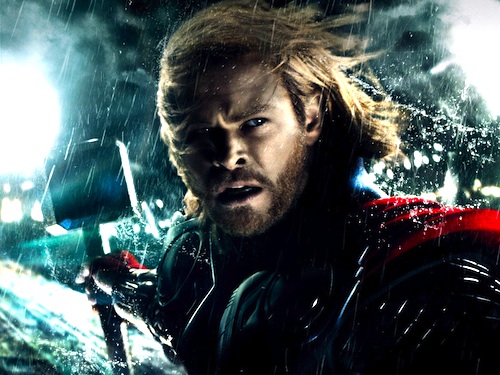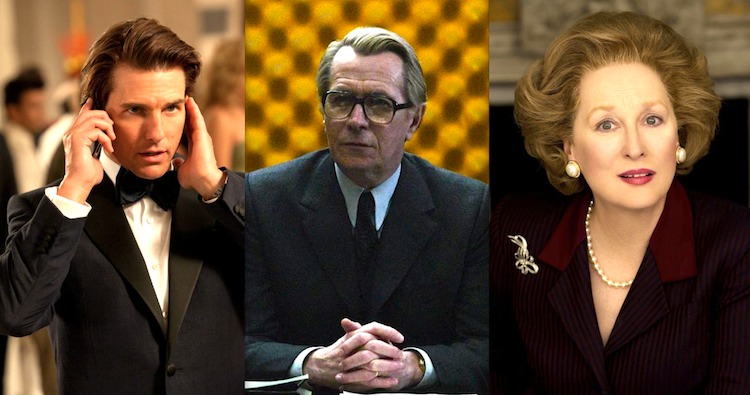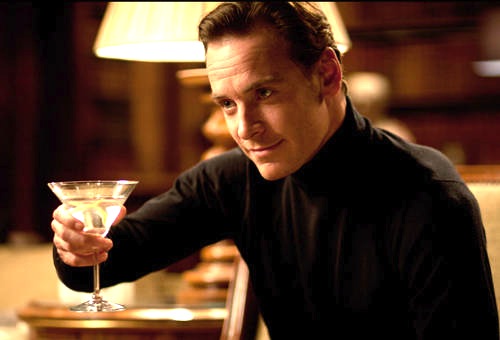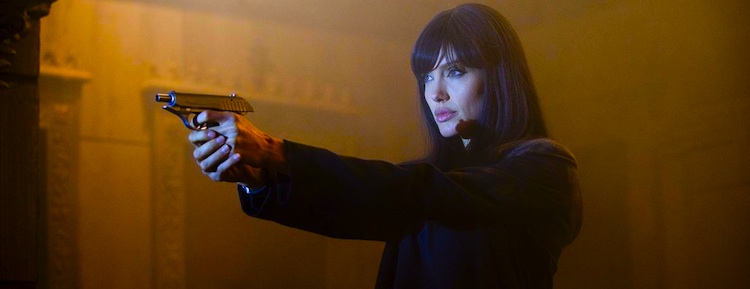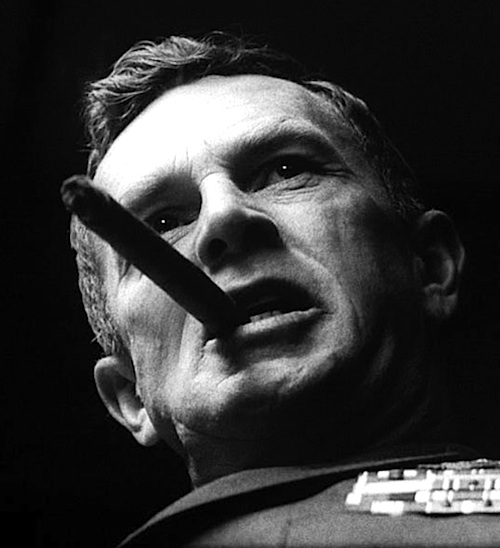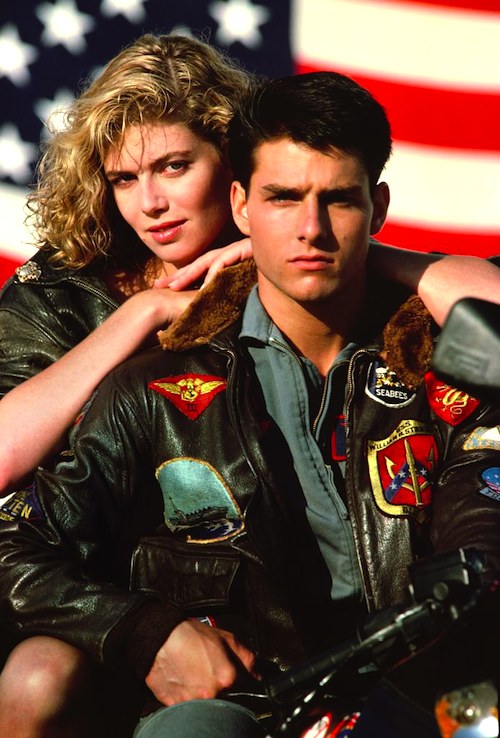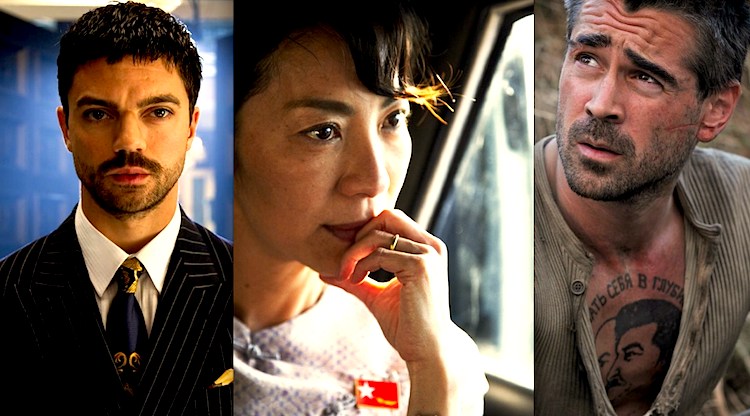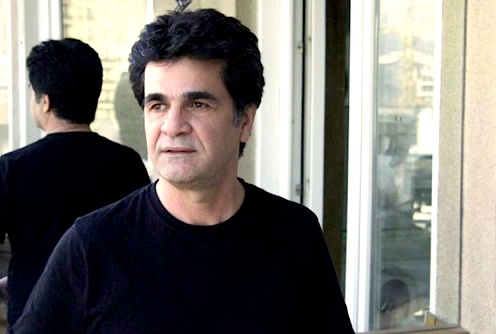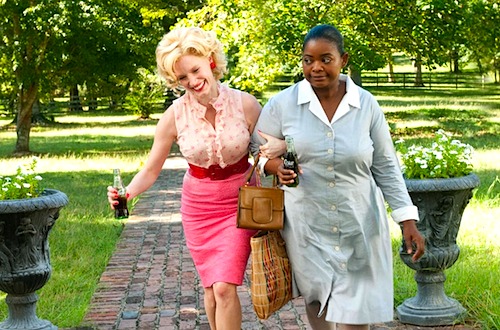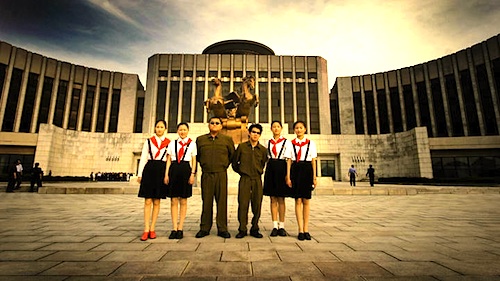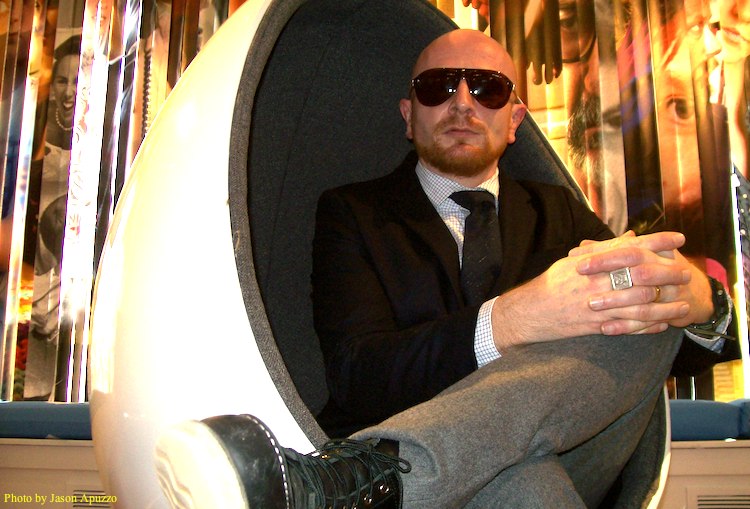
[Editor’s Note: The post below appears today on the front page of The Huffington Post and AOL-Moviefone.]
By Jason Apuzzo & Govindini Murty. His documentaries have been among the most provocative films featured in the Sundance Film Festival over the past several years. Bolder even than Sacha Baron Cohen, he’s punk’d both the North Korean communist government and now, in his new film The Ambassador, the Central African Republic and the corrupt diplomatic culture that supports it.
He’s one of Europe’s funniest and most controversial filmmakers, although most Americans haven’t heard of him — yet.
The name of this lanky, cerebral enfant terrible is Mads Brügger.
In Brügger’s previous film The Red Chapel (read the Libertas Film Magazine review of the film here), winner of Sundance’s 2010 World Cinema jury prize for documentaries, the filmmaker pulled off one of the most dangerous and politically provocative stunts in cinema history by infiltrating North Korea as part of a fake socialist comedy group. Operating under the watchful (and vaguely confused) gaze of the North Korean government, Brügger’s cameras proceeded to document the bizarre, Orwellian nether-world of today’s Pyongyang and its frightening cult of the ‘Dear Leader.’
In his new film The Ambassador (read the Libertas Film Magazine review of the film here), which recently screened at Sundance, Brügger now attempts an even more complex and daring stunt by purchasing a Liberian diplomatic title and infiltrating one of the most dangerous places on Earth — the Central African Republic (CAR) — as an ersatz Ambassador. His purpose? To expose the illegal blood diamond trade — and the corrupt world of CAR officials, bogus businessmen and shady European and Asian diplomats that it benefits.
Like a tragicomic version of Conrad’s Heart of Darkness, The Ambassador takes viewers into a rarely-seen world of European influence-peddlers who exploit the African continent — and the amoral retinue of African officials, petty businessmen and hangers-on who are complicit in the exploitation.
Along the way Brügger and his hidden cameras have close encounters with everything from an obese ex-French Legionnaire heading the CAR’s state security (who is assassinated shortly after talking to Brügger), to armed militias in the middle of Africa’s ‘Triangle of Death,’ to a diamond smuggler with a secret child bride and potential terrorist ties, to a tribe of inebriated pygmies organized by Brügger to staff a match factory.
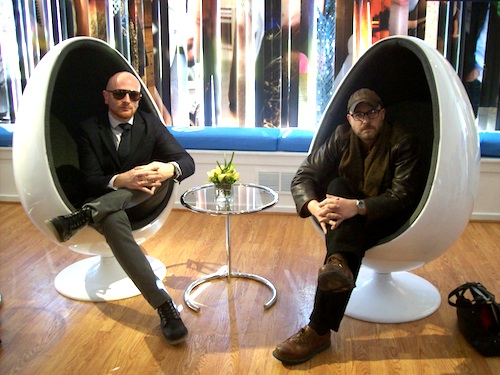
It all makes for a potent, carnivalesque and politically incorrect experience — and one that exposes the mutual racism (of Europeans toward Africans, and Africans toward Europeans) that makes central Africa such a hotbed of corruption and violence.
In the midst of all this is Brügger himself — a tall, soft-spoken Danish journalist (and son of two Danish newspaper editors) with an ironic sense of humor and an uncanny ability to transform himself into the kind of diffident European grandee that African officials are accustomed to exploiting — and being exploited by — well into the 21st century.
Along with my Libertas Film Magazine co-editor Govindini Murty, I sat down with Brügger at the Sundance Film Festival to talk about his funny, horrifying and highly controversial new film. With a shaved head, and wearing a skull ring from DC Comics’ The Phantom, Brügger arrived looking very much the part of an experimental European director.
Apuzzo: What got you interested in [corruption in the Central African Republic] as subject matter for a film?
Brügger: I like doing films that divert from their own genre. I wanted to do an Africa documentary without all the usual semiotics and codes of the generic Africa documentary. You know — NGO people, child soldiers, HIV patients, and so on. But also I wanted a film where you would meet all the people you usually don’t get to see – you know, the kingpins, the players, the ministers who live a very secure and comfortable life away from the scrutiny of the media. So I thought that if I could purchase a diplomatic title, I could gain access to this very closed realm of African state affairs and politics. It’s pretty much a ‘let’s-see-what-happens’ project. Once we set off to do this, who will we meet? What kind of people will I run into?
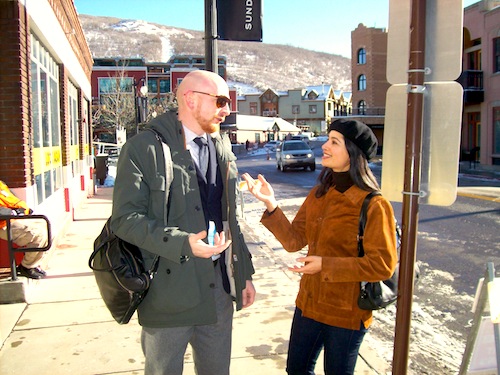
Apuzzo: How did you prepare to become a corrupt European diplomat?
Brügger: [Laughs.] I prepared for almost three years, because I wanted to really go into detail with my persona. I would go to receptions, embassies in Copenhagen, especially the Belgian embassy because they have a lot of African diplomats coming there. I noticed all the telltale signs, the do’s and don’ts of how diplomats behave and carry themselves. For instance, when they’re having cocktails they like to fold their napkin into a triangle and then wrap it around the glass. I think it’s because they don’t want to leave fingerprints, but I don’t know for sure. [Laughs.]
The most popular cigarette amongst African diplomats are red Dunhills. The most popular liquor is Johnny Walker Black Label. You know, things of that order. At the same time, I also wanted my ‘character’ to be packed with various archetypes, and characters from comic books: Dr. Müller in Tintin, Bernard Prince (a Belgian comic book hero), even the Man with The Yellow Hat from Curious George. Continue reading LFM’s Jason Apuzzo & Govindini Murty at The Huffington Post and AOL-Moviefone: The Most Provocative Filmmaker in the World: A Conversation With Mads Brügger on The Ambassador
